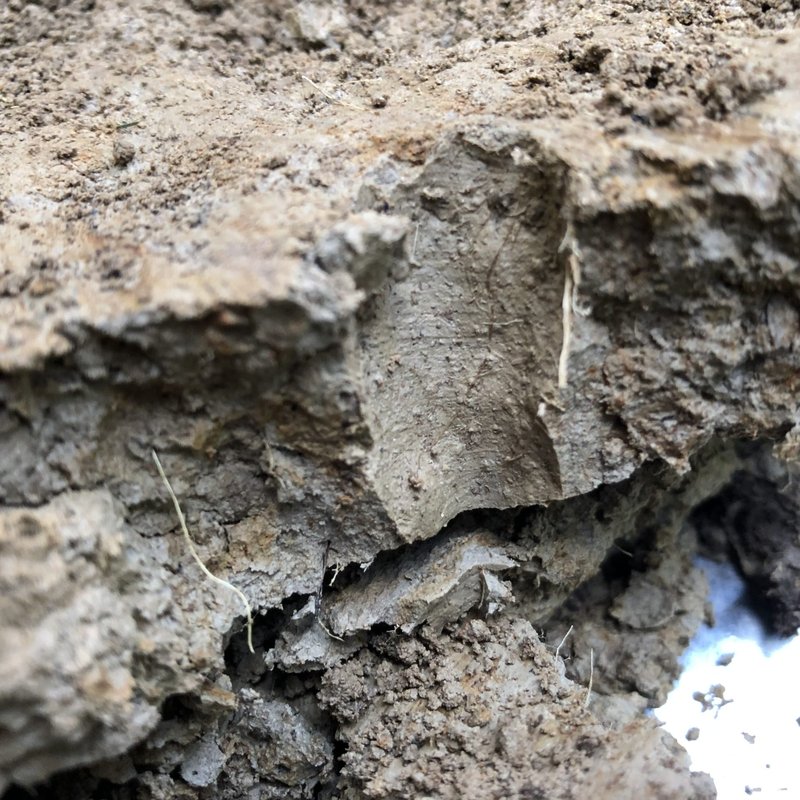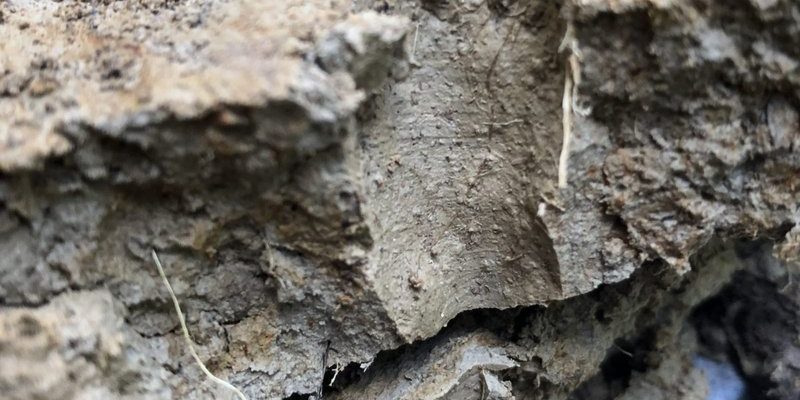
If you’re curious about these earth-dwellers, you’re in for a treat. Monitoring their activity across the seasons can tell us so much about their habits, their environment, and even indicators of climate change. Think of it as following the life cycle of a beloved plant, where the changing seasons bring different blooms and colors. In this case, we’ll dig deep—pun intended—into understanding the life of the Giant Gippsland Earthworm as the year rolls on.
Understanding the Giant Gippsland Earthworm
Before diving into their seasonal activities, let’s get to know these incredible creatures a bit better. The Giant Gippsland Earthworm, known scientifically as *Megascolides australis*, thrives in the rich, moist soils of Gippsland. They are famous not just for their size but also for their unique, S-shaped burrows that can stretch several meters deep. When you spot one of these worms, you’re witnessing a significant part of the ecosystem.
These earthworms are vital players in soil health. They help break down organic matter and improve soil structure, which is crucial for plant growth. If you’ve ever gardened or planted anything, you probably know that healthy soil is where it all begins. So, think of these worms as tiny gardeners working tirelessly beneath our feet. They’re a reminder of how interconnected all living things are and how important it is to protect their natural habitats.
Spring Awakening: Activity Begins
As spring arrives, temperatures rise, and life begins to flourish again. For the Giant Gippsland Earthworm, this season signifies a time of awakening from their cooler, more dormant months. You’ll start to see more activity as they venture closer to the surface. This is particularly noticeable after a good rain when the soil is moist and soft—ideal for these worms to expand their burrows.
During spring, earthworm populations may also start to reproduce. This is key! As the earthworms breed, they create new life, ensuring the sustainability of their species. If you happen upon a couple of these squiggly mates during your springtime stroll, consider it a small victory for the local ecosystem. You might be thinking, “How do they reproduce?” Well, they do this through a fascinating process that involves exchanging sperm, leading to the formation of cocoons. From these cocoons, baby earthworms will eventually hatch, adding to the wonder of spring.
Summer: A Time of Growth and Activity
Summer means longer days and warmer temperatures, which translates to even more activity for the Giant Gippsland Earthworm. As the soil temperature rises, these worms become more active, often moving through the soil in search of food. Have you ever noticed how simple things like compost piles feel alive in the summer? That’s partly because of these earthworms doing their thing—eating organic matter and breaking it down into nutrients for the soil.
In this season, you might spot them more frequently, especially after heavy rains. Earthworms surface to avoid overly saturated soil and can often be seen wriggling on the ground. However, summer can pose challenges too. Extreme heat can dry out their habitats, leading to stress. That’s why they often dig deeper into the soil to find cooler, damp layers. You might be wondering how this impacts their behavior. Essentially, it’s all about survival—staying hydrated and safe from the heat!
Autumn: Preparing for the Cold
As the days grow shorter and cooler, autumn becomes a critical time for the Giant Gippsland Earthworm. You see, these earthworms are not just mindless creatures; they have the instinct to prepare for winter. They start to burrow even deeper into the earth to escape the colder temperatures. It’s like preparing for a cozy hibernation; they want to ensure their safety as the ground freezes and the weather turns nasty.
During autumn, their activity may slow down significantly. However, this doesn’t mean they’re not working hard! They’re busy consuming organic matter and enriching the soil, making it healthier for the plants that will bloom come spring. Think of autumn as the harvest season for these worms. They’re making sure that when the snow melts, the soil is ready to support new life.
Winter: Dormancy and Resilience
When winter sets in, the Giant Gippsland Earthworm enters a state of dormancy. It’s their version of hibernation, where they retreat deep into the earth to escape freezing temperatures. You might not see them as much during this time, but rest assured, they’re still there—wriggling quietly in the soil.
While they’re less active above ground, they continue to play a vital role in the ecosystem. During winter, the earthworms help maintain soil structure and recycle nutrients, even if it’s happening at a slower pace. It’s a bit like how some people enjoy a good book in front of a warm fire; the worms are snug in their homes, keeping everything in balance until warmer days arrive.
Monitoring Their Activity: What You Can Do
Now that you understand how the seasons affect their activity, you might wonder how you can contribute to monitoring Giant Gippsland Earthworm populations. It’s easier than you might think! Participating in local citizen science projects can help gather valuable data on their activity. Many schools and community groups engage in these projects, promoting awareness and conservation efforts.
You can start by observing your own garden or local parks. Take note of any earthworms you find and try to record their numbers and conditions. Are they thriving? Are there areas with fewer worms? These observations can be essential in identifying trends in their populations.
Additionally, creating a suitable habitat for these earthworms can make a huge difference. Plant native vegetation, avoid harsh chemicals, and compost organic waste. By doing this, you’re not just helping the worms, but you’re also contributing to a healthier ecosystem as a whole.
Why Monitoring Matters
So, why should we care about monitoring the activity of the Giant Gippsland Earthworm? Aside from the fact that they’re fascinating creatures, their health indicates the well-being of the entire ecosystem. Changes in their population can signal shifts in soil health, water quality, and climate conditions. It’s like a canary in the coal mine—these earthworms can provide early warnings about environmental issues.
Moreover, as we face challenges like climate change and habitat loss, understanding how these worms adapt and thrive becomes even more critical. By keeping an eye on their activity throughout the seasons, we can learn valuable lessons about resilience in nature. It connects us more closely to the planet and emphasizes the importance of every creature, no matter how small.
In conclusion, monitoring Giant Gippsland Earthworm activity across the seasons is not just a scientific endeavor; it’s a meaningful way to connect with nature. By understanding their roles, habitats, and challenges, we can foster greater respect for the environment and appreciate the little wonders that contribute to the health of our planet. So next time you’re digging in the garden or walking through a park, take a moment to appreciate these hidden heroes of the soil. They might just surprise you with how much they contribute to our world!

